Marcia Amidon Lusted - The Great Depression: Experience the 1930s From the Dust Bowl to the New Deal
Here you can read online Marcia Amidon Lusted - The Great Depression: Experience the 1930s From the Dust Bowl to the New Deal full text of the book (entire story) in english for free. Download pdf and epub, get meaning, cover and reviews about this ebook. year: 2016, publisher: Nomad Press, genre: Politics. Description of the work, (preface) as well as reviews are available. Best literature library LitArk.com created for fans of good reading and offers a wide selection of genres:
Romance novel
Science fiction
Adventure
Detective
Science
History
Home and family
Prose
Art
Politics
Computer
Non-fiction
Religion
Business
Children
Humor
Choose a favorite category and find really read worthwhile books. Enjoy immersion in the world of imagination, feel the emotions of the characters or learn something new for yourself, make an fascinating discovery.
- Book:The Great Depression: Experience the 1930s From the Dust Bowl to the New Deal
- Author:
- Publisher:Nomad Press
- Genre:
- Year:2016
- Rating:5 / 5
- Favourites:Add to favourites
- Your mark:
The Great Depression: Experience the 1930s From the Dust Bowl to the New Deal: summary, description and annotation
We offer to read an annotation, description, summary or preface (depends on what the author of the book "The Great Depression: Experience the 1930s From the Dust Bowl to the New Deal" wrote himself). If you haven't found the necessary information about the book — write in the comments, we will try to find it.
In The Great Depression: Experience the 1930s From the Dust Bowl to the New Deal, readers ages 12 to 15 investigate the causes, duration, and outcome of the Great Depression, the period of time when more than 20 percent of Americans were unemployed. They discover how people coped, what new inventions came about, and how the economics of the country affected the arts, sciences, and politics of the times. The decade saw the inauguration of many social programs that Americans still benefit from today. The combination of President Roosevelts New Deal and the dawning of World War II gave enough economic stimulus to boost the United States out of its slump and into a new era of recovery.
In The Great Depression, students explore what it meant to live during this time. Projects such as designing a 1930s outfit and creating a journal from the point of view of a kid whose family is on the road help infuse the content with realism and practicality. In-depth investigations of primary sources from the period allow readers to engage in further, independent study of the times. Additional materials include a glossary, a list of current reference works, and Internet resources.
Marcia Amidon Lusted: author's other books
Who wrote The Great Depression: Experience the 1930s From the Dust Bowl to the New Deal? Find out the surname, the name of the author of the book and a list of all author's works by series.

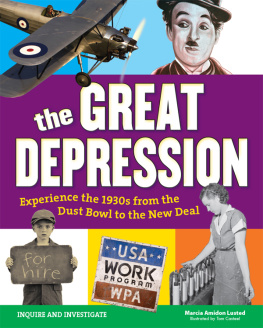
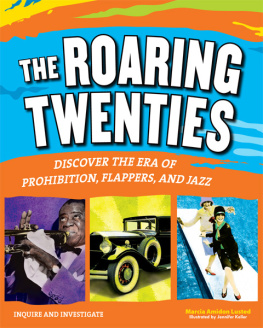


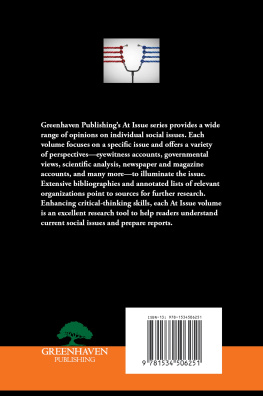

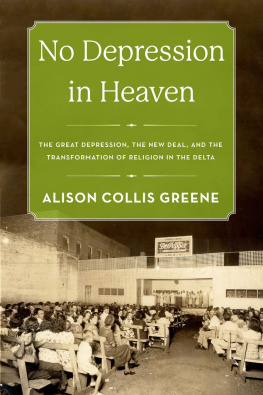

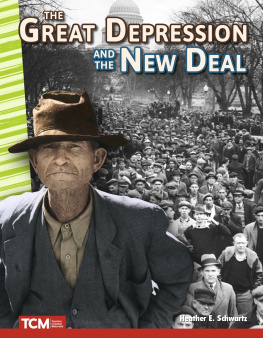
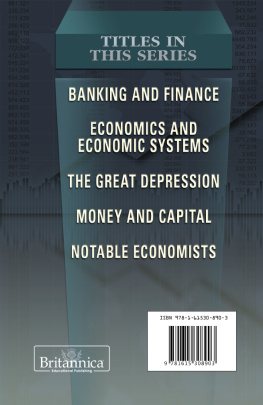
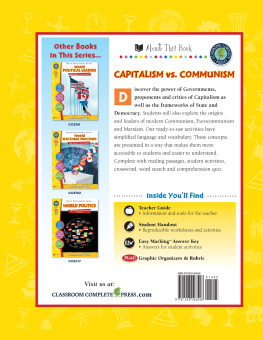
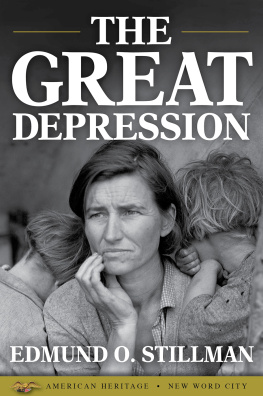
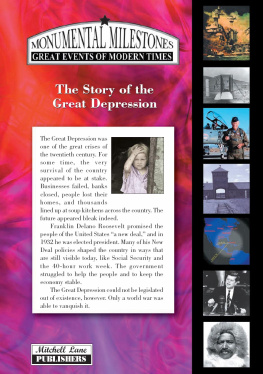


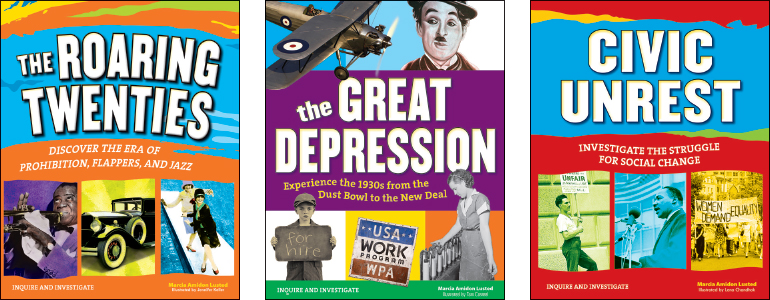
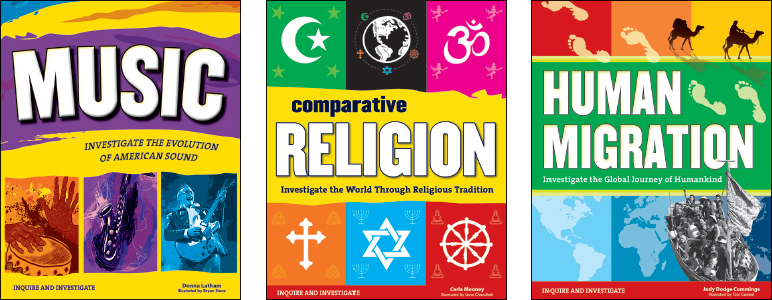
 You can use a smartphone or tablet app to scan the QR codes and explore more about the Great Depression! Cover up neighboring QR codes to make sure youre scanning the right one. You can find a list of each URL on the Resources page.
You can use a smartphone or tablet app to scan the QR codes and explore more about the Great Depression! Cover up neighboring QR codes to make sure youre scanning the right one. You can find a list of each URL on the Resources page.

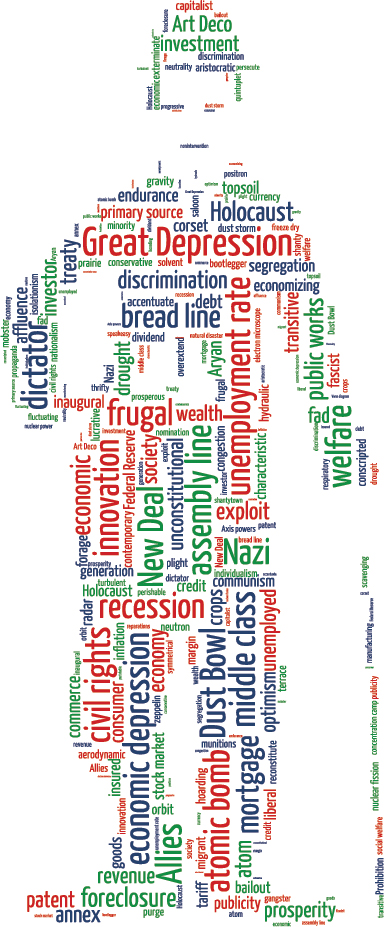
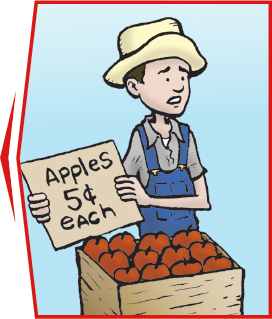
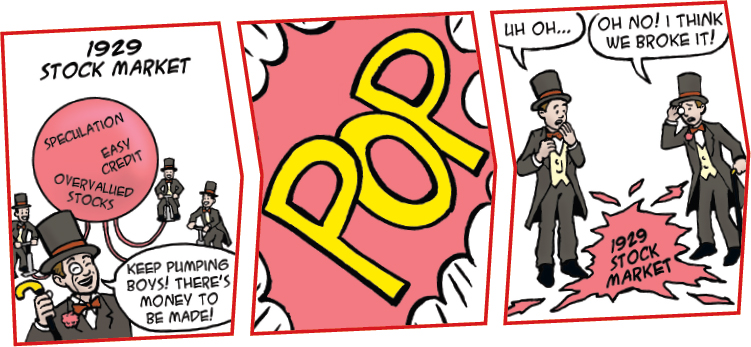
 Many things happened during the 1930s that created hardship for lots of people. These included a huge economic depression, an environmental crisis, and a war brewing in Europe. But there were good things that happened as well.
Many things happened during the 1930s that created hardship for lots of people. These included a huge economic depression, an environmental crisis, and a war brewing in Europe. But there were good things that happened as well.